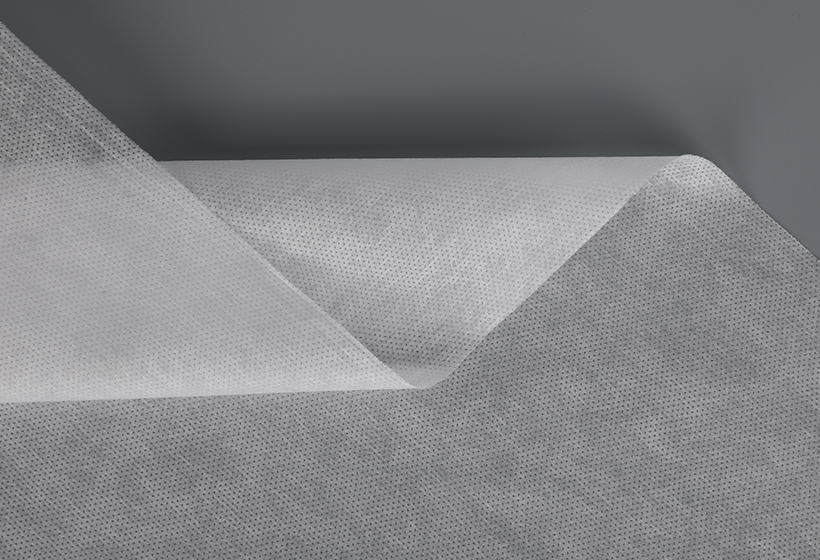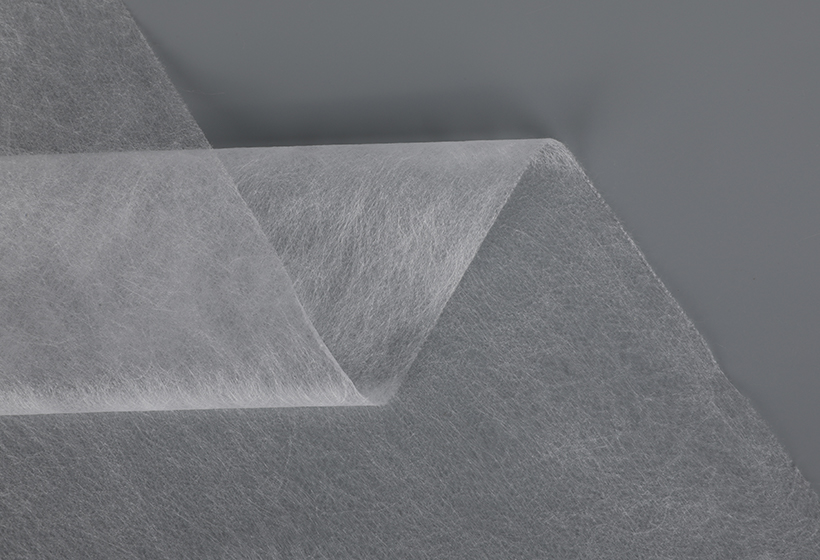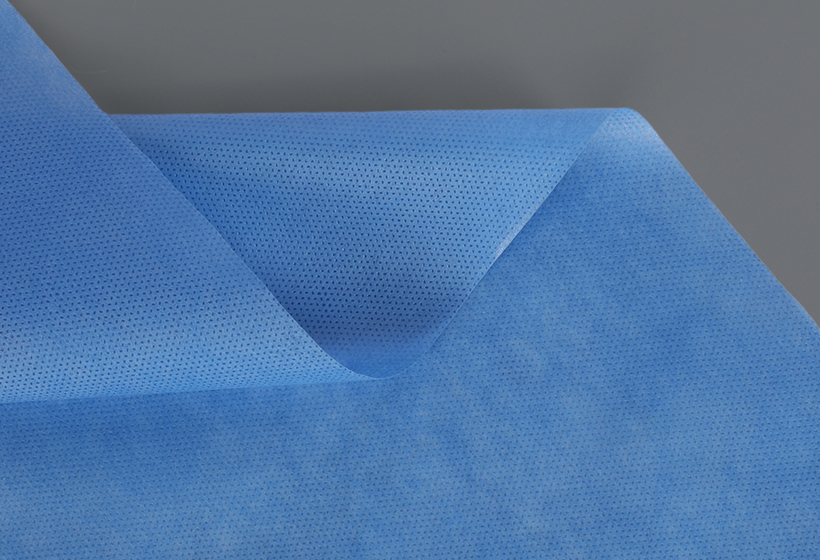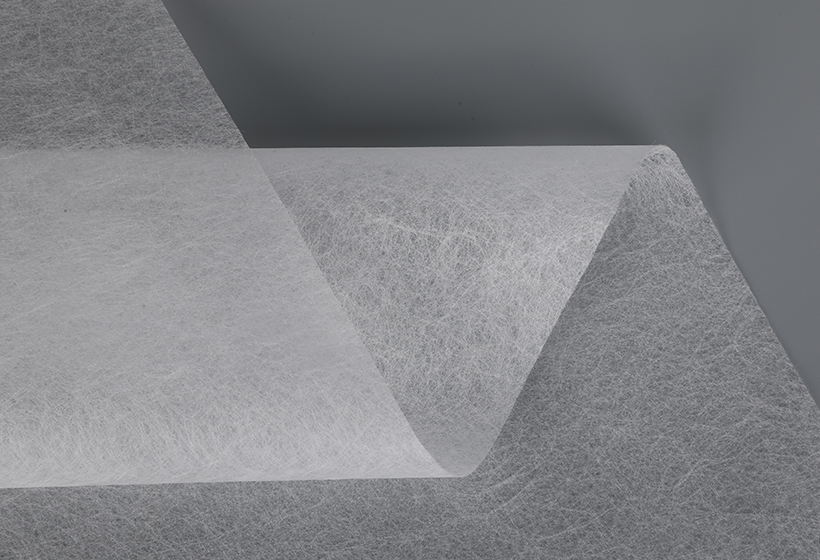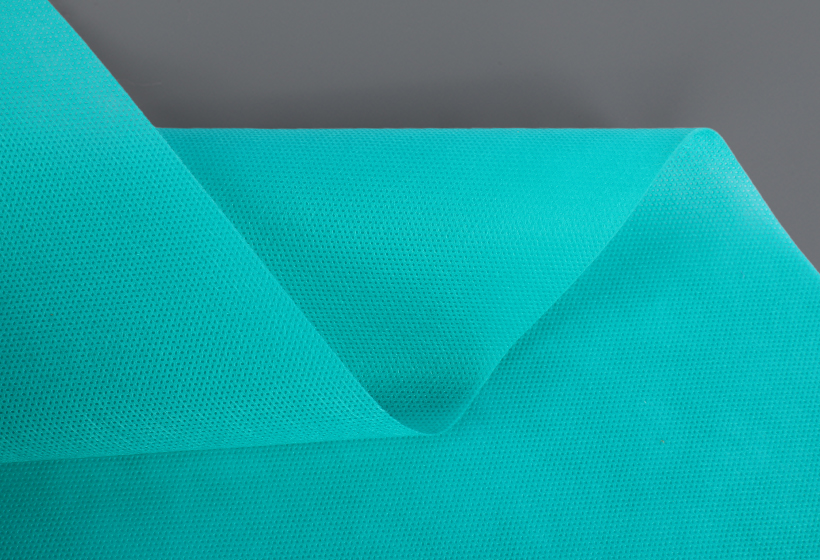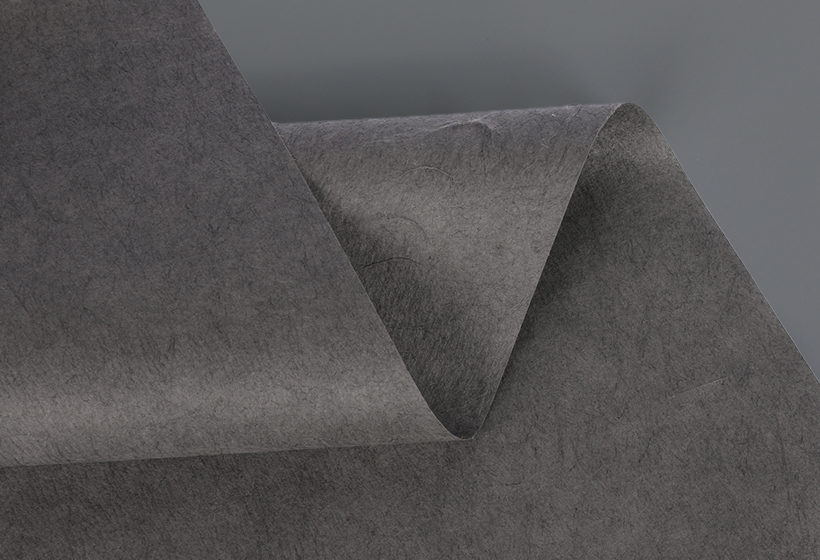Meltblown Non-Woven Fabrics
Meltblown non-woven fabrics are porous and heat-resistant. They are used for medical masks, clothing, and filter materials. The manufacturing process of these fabrics has improved significantly in the last two decades. This article describes the production processes of these fabrics, as well as their important properties.
The main raw material of melt blown non-woven fabrics is polypropylene. Polypropylene is melted into a molten state, and then extruded through a screw extruder to produce a fabric. Its fibers are generally around 10-20 microns in diameter. There are several methods of forming these fibers, including mechanical, chemical, and electrospinning. However, these methods are not suitable for all applications. Some applications require stronger reinforcement.
The manufacturing process of melt blown non-woven fabrics includes self-bonding and reinforcing technologies. Long and short fibers are bonded together by mechanical and chemical processes. In addition, the thickness of the fibers is decreased with increased hot air pressure. These factors have a great influence on the performance of the fabric.
Most melt blown non-woven fabrics have fiber fineness of 1 to 4 mm. This allows them to filter particulate matter in a variety of applications. Moreover, these fabrics have good absorption and moisture resistance. Additionally, they are also a relatively cost-effective material. Therefore, they are widely used in the filter industry.
The performance of melt blown non-woven fabrics can be further refined by pulling hot air through it. When a large quantity of hot air is pulled, the fibers become thinner and more porous. This reduces the amount of breathability gradually. Furthermore, the airborne particles cannot get through the small holes in the fabric. Thus, the efficiency of filtration is greatly enhanced.
The melting force and the airflow speed of the hot air can also affect the performance of the fabric. If the hot air is pushed slowly, the fibers are drawn and stretched. On the other hand, if the hot air is moved faster, the fibers are cooled and condensed.
Nonwoven melt blown fabrics are mainly used in air-conditioning filters. They can also be used for water purification, sewage treatment, and oil spills. During the recent COVID-19 pandemic, the price of these fabrics increased from a few thousand dollars per ton to approximately 100 thousand USD.
The melt blown non-woven technology has undergone various developments over the years. This is a result of the high demand for these products. As a result, there have been many changes in the manufacturing and application processes.
The most important factor affecting the performance of nonwoven melt blown fabric is the molecular weight distribution of the polymer. A low molecular weight is beneficial to the uniformity of the web. Compared with a high molecular weight polymer, the melt flow index of the latter is higher.
Several companies in China are devoted to producing meltblown non-woven fabrics. One of the most well-known ones is
Zhejiang Guancheng Technology Co., Ltd. With its 30,000 square meters of production space, it has developed into a reputable producer of these fabrics.
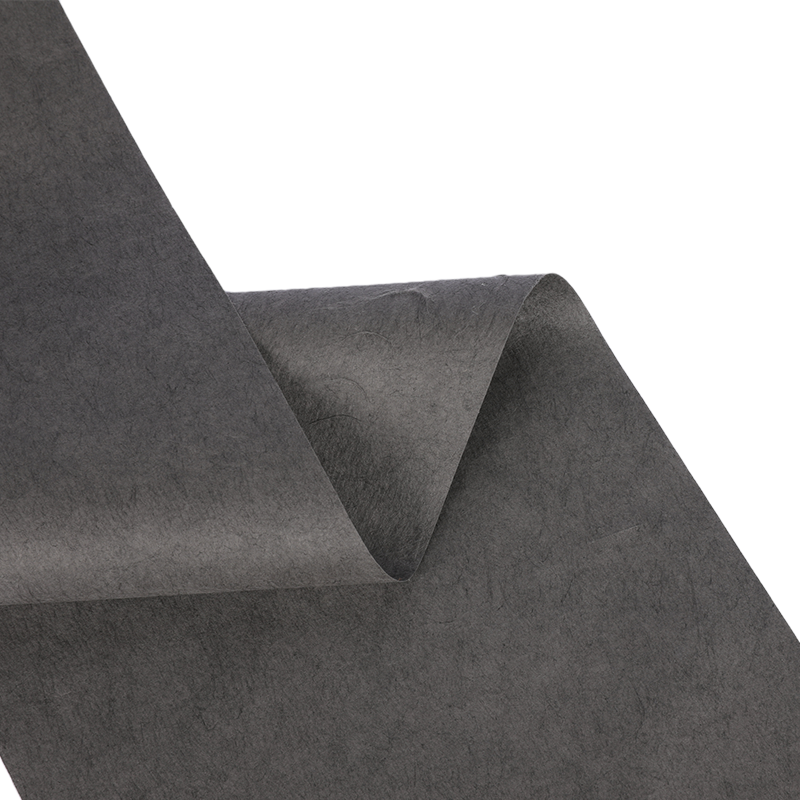
|
MASKS
|
Non-Woven Fabric For Wiping
|
Sound-Absorbing Non-Woven Fabric
|
|
Effectively Block Bacteria And Dust Particles, It Is The Core Material Of Masks
|
It Has A Strong Cleaning Effect And Has Good Absorption Performance Of Water, Oil And Other Solvents, Suitable For The Cleaning And Maintenance Of Precision Machinery
|
Due To The Loose And Porous Microfiber Structure Inside The Meltblown Non-Woven Fabric, It Can Have The Properties Of Heat Insulation, Shock Absorption, Anticorrosive, Etc.
|


 English
English Español
Español
